Turbochargers Explained: How They Add Power and More
[ad_1]
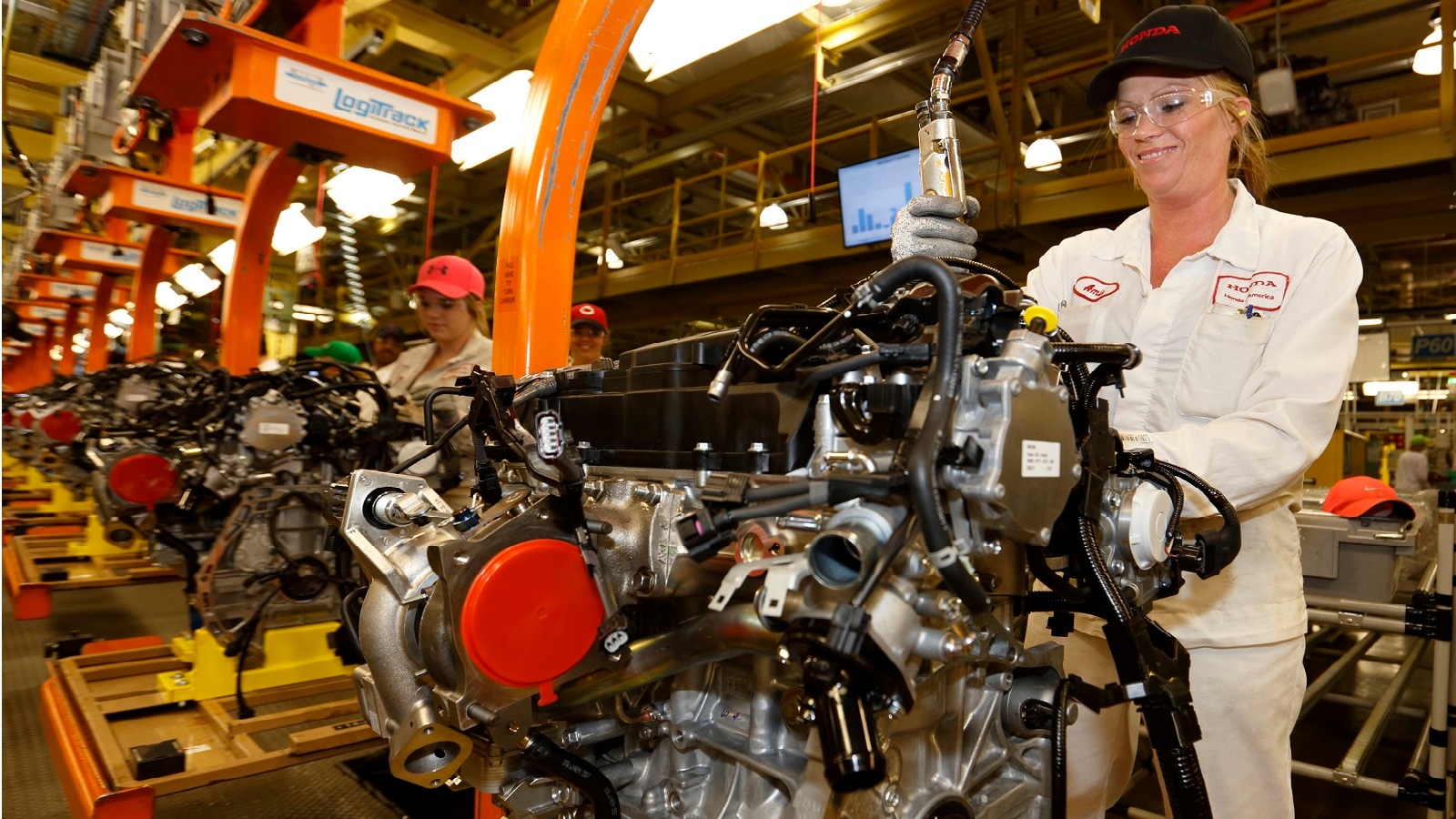
Turbochargers are getting extra widespread on new automobiles in the automotive business, partly due to rising federal government gas performance demands. Turbochargers make it possible for smaller engines to carry the electricity of a greater in a natural way aspirated motor. It does this without sacrificing fuel economy less than conservative driving situations.
Nonetheless, do not hope enhanced gas performance if your turbocharged motor gets pushed spiritedly or tows large hundreds. When a turbo results in raise (expanding PSI), the motor involves drastically extra gasoline than operating at partial throttle and reduce rpm (revolutions per minute, a evaluate of motor speed).
Getting 30+ mpg on the freeway when even now possessing a bit of exciting the moment in a when helps make turbocharged 4-cylinder engines common in unique automotive segments. The turbo size will figure out the engine’s improve threshold, which is the rpm required to start out spooling the turbo. Huge turbochargers will supply a greater improve threshold and can make a lot more electricity. In contrast, smaller turbochargers have a reduce raise threshold but don’t create as a great deal horsepower and torque. Escalating the measurement of the turbo will let for an raise in energy output at the charge of putting more tension on the engine and probably shortening its lifespan.
Turbochargers Defined:
How Does a Turbocharger Do the job?
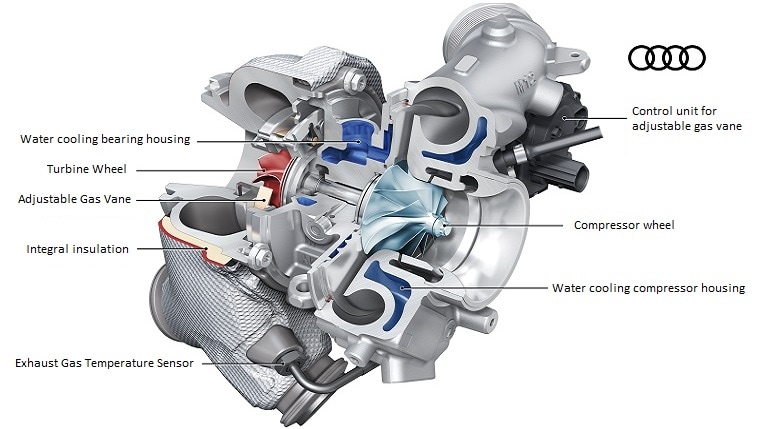
Turbochargers work by applying exhaust gasoline to spin a turbine that is connected to a next turbine that sucks air into the motor. Consider of a turbocharger as an air compressor that runs on exhaust in its place of electrical energy. When building increase, turbos can boost the PSI within of the motor to stress larger than the atmospheric strain. A turbo demands more than enough exhaust fuel to overcome its improve threshold, which equally throttle position and motor rpm impression.
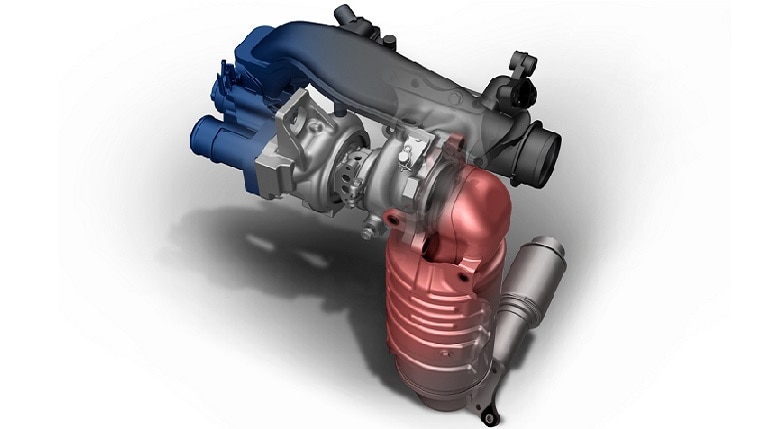
The warm exhaust gas heats the turbo raising the ingestion air temperature. Scorching air has reduced density and much less oxygen than cold air, which leads to lessened engine general performance. Ahead of air enters the motor, it travels as a result of an intercooler to reduce the intake air temperature. Intercoolers primarily employ air-to-air cooling because it’s trustworthy and reasonably priced. In some higher-performance and confined-area apps, air-to-water intercoolers are superior owing to elevated turbo responsiveness and compact footprint.
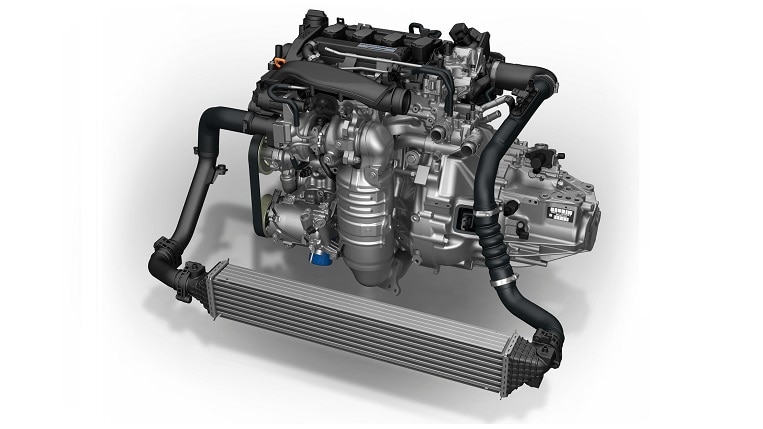
Kinds of Turbochargers
There are six key turbocharger models, and all have their gains and disadvantages. A twin-turbo engine can deliver a wider electric power band than a one turbo motor at the expense of more complexity and funds. Turbochargers are high priced, and the extra intricate layouts can result in a repair service monthly bill costing countless numbers of bucks if they are unsuccessful.
One turbo – A single turbo setup is most typically identified on inline engines for the reason that all of the exhaust ports are on a person aspect of the engine. A significant single turbo can make as significantly raise if not a lot more than a twin-turbo setup. The tradeoff for most ability output is a substantial enhance threshold, building a slender electrical power band.
Twin turbo – Twin turbos are typically on V engines with two financial institutions of exhaust ports. Most of the time, the turbos will live on just about every facet of the engine bay besides for engines that make use of a hot V structure, and area the turbos in the engine valley. Two turbos allow scaled-down turbines to be used, which can widen the electricity band and increase low-conclusion torque owing to the lower raise threshold.
Twin-scroll turbo – By utilizing two independent exhaust paths to the turbo, the impact of damaging tension due to valve overlap will cause much less general performance degradation. Pairing cylinders that never fire consecutively will help eradicate interference in exhaust gas velocity. It leads to efficiency gains in contrast to a one-scroll turbo. Engines not at first built with twin-scroll turbos will also demand a new exhaust manifold to be appropriate.
Variable twin-scroll turbo – A variable twin-scroll turbo builds upon the twin-scroll turbo’s functionality gains by incorporating a next turbine. Turbines can function independently to optimize exhaust velocity or concurrently produce optimum power. Both of those turbines operate at greater motor rpm when the throttle placement reaches a specified level. Variable twin-scroll turbochargers merge the gains of tiny and massive turbos whilst eradicating their downsides.
Variable geometry turbo – The addition of adjustable vanes all around the turbine lets variable geometry turbos to offer a extensive electricity band. The vanes are generally closed through reduced engine rpm, enabling the turbo to spool promptly. The vanes open up up at superior engine rpm to decrease constraints that would if not bring about a decrease in effectiveness at the engine’s redline. Variable geometry turbos supply superb general performance at the value of extra complexity, building more factors of failure.
Electric powered turbo – Want a major turbo improve without the need of the higher increase threshold? Electric powered-assisted turbos can assistance get the turbine spinning. It does this when the motor operates at small rpm and doesn’t produce more than enough exhaust gasoline to spin the turbo successfully. E-turbos increase complexity and fat considering the fact that an electric powered motor with an extra battery is required.
Some turbos will entirely run on electrical power, but they are continue to in the early levels of advancement and cannot match the electrical power output of exhaust-driven turbos. The battery demanded to power an electric turbo is major, including bodyweight and complexity to a car. Producers use compact electric powered turbos to assist reduced the increase threshold on the more substantial exhaust-run turbo.
Are Turbochargers Trusted?
With right maintenance and superior driving practices, a turbocharged motor should not have any substantial trustworthiness fears in contrast to a in a natural way aspirated engine. Frequent oil adjustments become exponentially much more significant for a turbocharged engine for the reason that of the additional heat a turbo adds to the engine bay. If oil is earlier its proposed transform interval, it can result in sludge buildup that might block oil passages that feed the turbo.
Suppose the turbo isn’t thoroughly lubricated and cooled by the engine oil. In that circumstance, it can lead to problems and guide to a catastrophic failure that may well destroy the complete motor. As a result, it can effectively leave the car totaled. Earning sure a turbocharged motor stays joyful and balanced includes a couple of specifications.
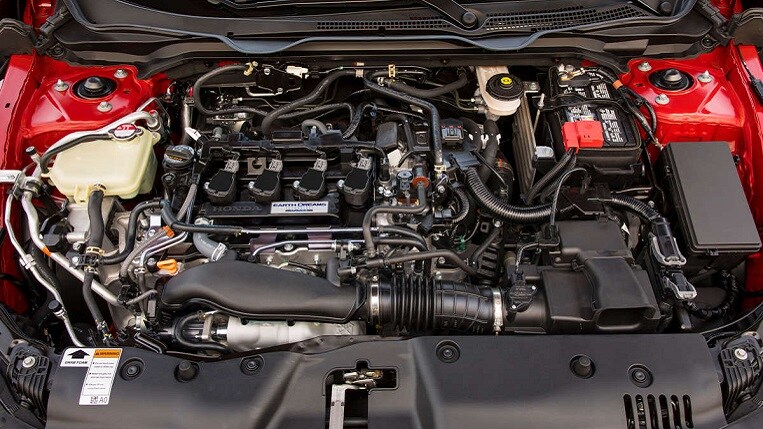
Turbocharger Trustworthiness Strategies:
- Never use low-octane gas
- Never strengthen with chilly oil
- Really don’t flooring the accelerator at low rpm
- Do not spool the turbo right before shutting off the motor
Never use minimal-octane gasoline – Top quality gasoline with 91 or 93 octane provides much more resistance to motor knocking than standard gas with 87 octane. Turbocharged engines make more warmth and stress than normally aspirated engines and are much more inclined to detonation. Premature ignition of the fuel, or detonation, can induce enormous challenges. It can correctly destroy an engine in serious and prolonged situations. Some turbo engines, however, can run on reduced-octane fuel. Generally be guaranteed to heed the manufacturer’s suggestions when it arrives to fueling your motor vehicle.
Detonation occurs though the cylinder is on the compression stroke of the combustion cycle and has not attained the top rated lifeless center however. The issue with detonation is that gasoline combustion is fighting the compression stroke and placing opposing forces on the engine’s rotating assembly rather of powering it via the combustion stroke.
Really do not raise with chilly oil – Chilly oil is thicker than hot oil and brings about additional tension on the engine. Really do not count on the engine temperature gauge, as this steps coolant temperature instead of oil. If the car doesn’t use an oil temp gauge, it is much better to participate in it safe and wait a particular sum of time soon after the motor coolant reaches running temperature.
Really do not flooring the accelerator at lower rpm – This largely only applies to manual transmissions. That is mainly because most automatic motor vehicles will cause the transmission to downshift to a lower gear. Accelerating a automobile in its tallest gear will have to have the turbo to keep spooled for a longer time beneath broad-open up throttle as opposed to downshifting to a shorter gear lessen in the variety. The for a longer period a turbo stays spooled at utmost boost, the extra heat it will deliver. When this comes about, it can shorten the existence of motor parts ranging from the wiring harness to oil.
Don’t spool the turbo right before shutting off the motor – Driving any engine challenging or revving it right before shutting it off isn’t a good strategy. This is true irrespective if the engine is turbocharged or not. A warm turbo is notably productive at oil coking and must be cooled down prior to the engine stops operating. Some cars and trucks employ turbo timers, which let the engine to continue to be operating for a handful of minutes soon after eradicating the crucial from the ignition. Another system for cooling the turbo is an electric powered pump that proceeds to circulate oil or coolant devoid of the want to preserve the motor running.
Turbocharger Professionals and Drawbacks
Turbochargers are effective at incorporating power and effectiveness to engines, but they also add complexity. It’s important to weigh the execs and drawbacks when selecting if a turbocharged engine will be the appropriate selection. Turbos make an superb decision for motorists who price overall performance. They’re also great for motorists not inclined to make a big sacrifice in fuel efficiency less than each day driving disorders.
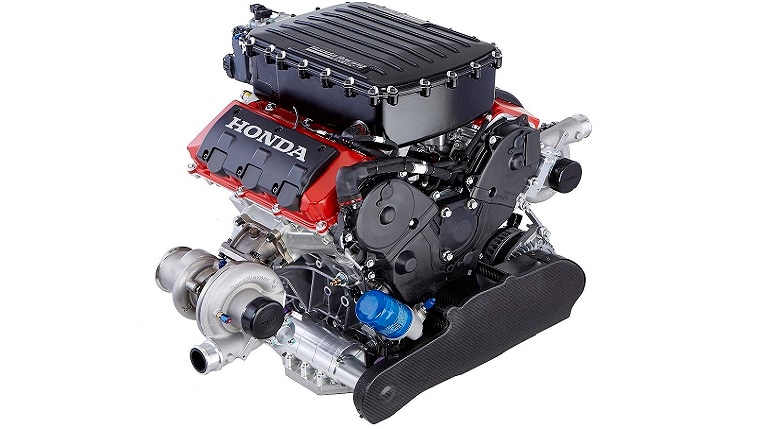
Turbocharger Execs
Enhanced electrical power output – Turbochargers include supplemental electrical power to an motor and permit a scaled-down engine to match the electricity output of a larger displacement engine. Growing the turbo dimensions can insert extra electricity and elevate the boost threshold, properly narrowing the electrical power band.
Superior gas economy – Turbochargers can make improvements to gas financial system by permitting a scaled-down displacement motor to make satisfactory electric power. Don’t hope to see numerous added miles per gallon when incorporating a turbo to a obviously aspirated motor. A obviously aspirated 2.-liter 4-cylinder motor would in all probability get greater gasoline overall economy than a turbocharged 2.-liter 4-cylinder engine. But that primarily compares apples to oranges.
Turbocharger Drawbacks
Reduced throttle response – Turbochargers endure from diminished throttle response, recognized as strengthen threshold and turbo lag. Strengthen threshold is the minimal rpm an engine wants to spool the turbocharger. Turbo lag is the time it will take to pressurize the air ducting that potential customers to the throttle body when the engine rpm is over the raise threshold.
Improved motor complexity – A turbocharged motor makes use of extra elements when compared to a normally aspirated engine. The turbo, intercooler, blowoff valve, and strengthen hoses are just a couple of of the areas vital to turbocharge an motor. These more sections can make a cramped engine bay a very little claustrophobic and elevate the stage of complexity associated in some repairs.
Greater mend price tag – Turbochargers are not low-cost, and it is not unusual for them to expense upwards of $1,000. If a turbo fails, it can ship pieces of metal into the motor and involve a comprehensive rebuild or substitution. A wrecked motor will value hundreds of dollars to repair and might occasionally exceed the car’s price.
Turbocharger Neutral
Modified exhaust note – Turbochargers disrupt the exhaust gasses flow and transform the exhaust audio. Comparing the exhaust note of a Porsche 911 GT3 and a Porsche 911 Turbo is just one of the most notable exhaust comparisons. Yes, the induction noises deliver a pleasant tradeoff for the muted exhaust take note. But, it’s difficult to beat the screaming sound of a the natural way aspirated motor substantial in the rpm vary.
Similar Tales:
[ad_2]
Resource url




.jpg)

